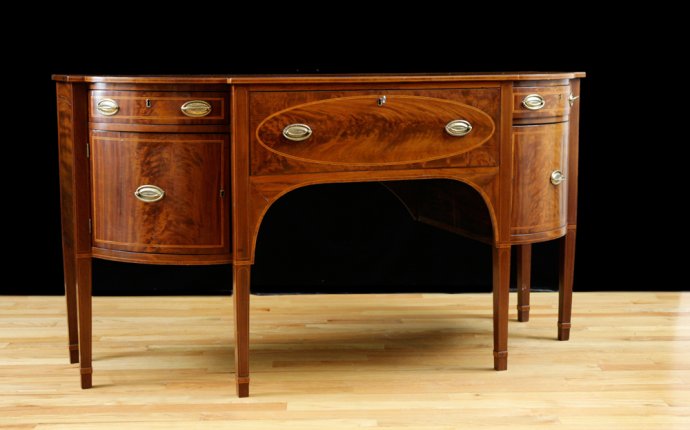
Identifying Antique Furniture Style
 QUESTION: Some friends of my mom’s gave me what looks like a Chippendale desk. They didn’t know anything about it, so I’ve had to do some research on my own. The only problem is that I can’t seem to find out much about it. Can you please help me out?
QUESTION: Some friends of my mom’s gave me what looks like a Chippendale desk. They didn’t know anything about it, so I’ve had to do some research on my own. The only problem is that I can’t seem to find out much about it. Can you please help me out?
ANSWER: Not only will I try to tell you something about your desk, I’d like to give you and others some tips on what to look for when trying to identify antique furniture.
First and foremost, you need to determine if the piece you have is really an authentic antique or whether it’s a reproduction, a revival piece, a fake, or just a piece of junk. The key to the history of valuable antiques is whether they have a provenance—a history of ownership. This document lists the maker, all the owners to the present, and whether any repairs have been done to it. If you were spending five or six figures for a piece of furniture, you certainly would want to know everything you can about it.
But what about everyday pieces that don’t come with a provenance. Identifying them is a bit more difficult. Follow these steps and you should be able to determine quite a bit about any older piece of furniture that you have.
1. Determine the style. Using photographs in antiques books and photos online, try to determine the style of your piece. Certain styles, such as Chippendale, have telltale features, such as ball-and-claw feet, that help to identify them.
 2. If it’s not authentic, determine if your piece is a revival or a reproduction. The difference between a revival and a reproduction is quite simple. The first is stylized version of the original style. So Colonial Revival furniture represents stylized versions of true 18th-century American Colonial pieces. A reproduction, on the other hand, is an exact replica of the original, often made of the same type of wood, using the same woodworking techniques.
2. If it’s not authentic, determine if your piece is a revival or a reproduction. The difference between a revival and a reproduction is quite simple. The first is stylized version of the original style. So Colonial Revival furniture represents stylized versions of true 18th-century American Colonial pieces. A reproduction, on the other hand, is an exact replica of the original, often made of the same type of wood, using the same woodworking techniques.
3. Determine its age. Check to see if it has any nails or screws. An original Chippendale desk would have been assembled with pegs and mortar and tenon joints. Does it have any manufacturers labels anywhere? If so, then it’s definitely a Colonial Revival piece or even a fine reproduction from the mid-20th century.
 4. Check any drawers for dovetailing. You can usually tell if the dovetails are handmade or done by machine. Those done by machine are very regular and even and can usually be found on pieces after about 1870.
4. Check any drawers for dovetailing. You can usually tell if the dovetails are handmade or done by machine. Those done by machine are very regular and even and can usually be found on pieces after about 1870.
5. Look inside the drawers or pullouts and see if the maker used the same wood—for example, mahogany. Later versions will have used some sort of fruitwood-pear, apple, or even poplar-for the drawer backs and sides. If its an older piece, the drawer bottoms will be made of a thinner version of the same wood.
6. Does the piece have decoration that isn’t in keeping with its style? Look at the detailing on your piece of furniture. Does it have added knobs or edging that doesn’t seem to go with the style of the piece. Often one of the owners of the piece may have added these to make it more up to date. The opposite also applies. Can you tell if any details have been removed for the sake of updating?.
7. Have any repairs been made to the piece? Look for signs of glue, nails, or screws that seem newer than the piece, itself. Also look for replaced wood panels, veneer, or detailing, such as finials.
8. Has the hardware been replaced or is it original? You can usually tell if hardware has been replaced. For instance, you’ll often see chests of drawers sporting glass or brass knobs. Originally, these chests usually had wooden knobs, but antique dealers, in an effort to make them more attractive to decorators, replace the original knobs with glass or brass ones. It’s actually better to replace missing original knob with a reproduction rather than replace the entire set with hardware that wouldn’t have been originally on the piece.
9. Were you told anything it about it? Did the seller or the person who gave you the piece tell you anything about its past? Did you ask them?
By studying the closeup photos that accompany this blog, you’ll notice the following about this desk.













